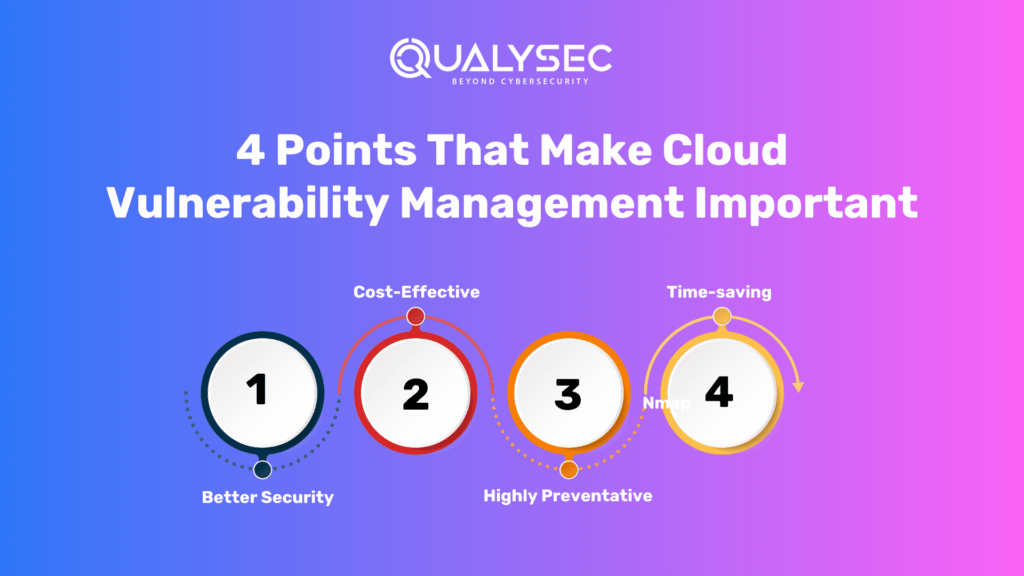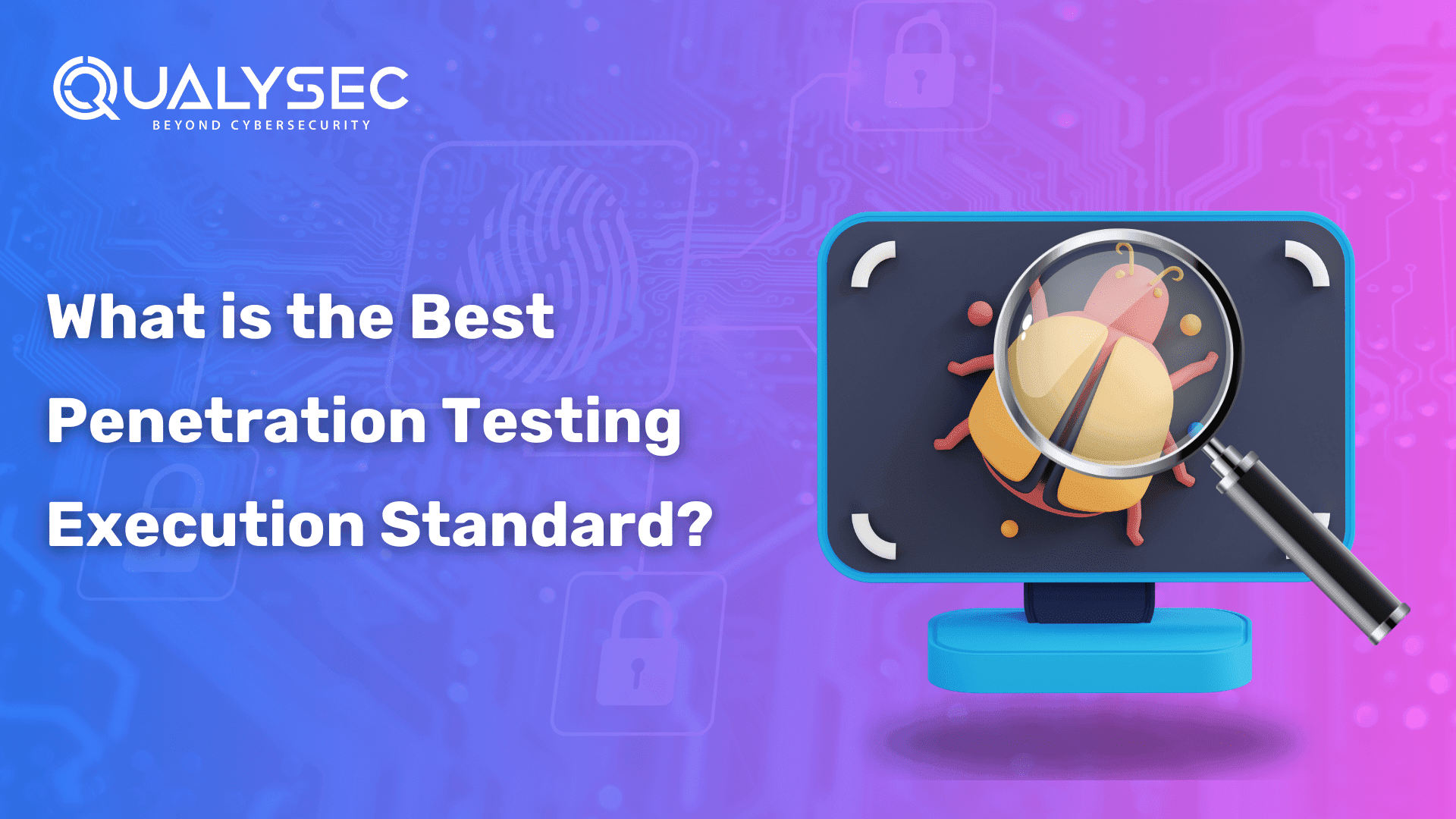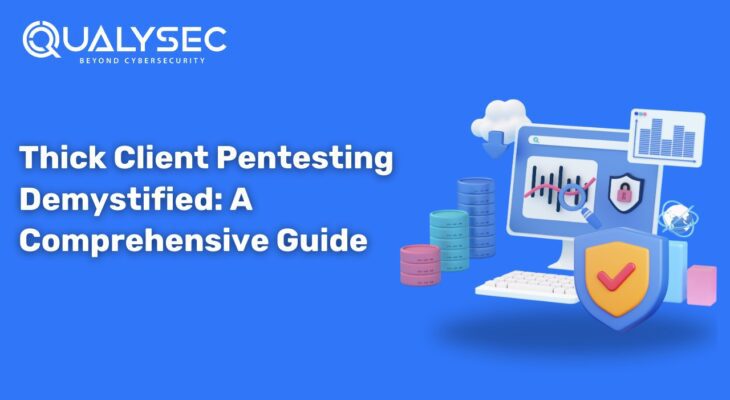Cloud vulnerability management is an ongoing procedure that involves detecting, communicating, and resolving security threats detected within the cloud infrastructure. A robust cloud security strategy with a comprehensive vulnerability management system is essential to safeguard the security of data and applications.
Introduction
Cloud computing has become a vital technology for businesses of all sizes, providing significant benefits such as scalability, flexibility, and cost savings. However, the cloud also presents new security challenges, particularly when it comes to vulnerability management. In this blog, we will provide a complete guide on cloud vulnerability management to help you protect your organization’s cloud infrastructure from potential threats.
What is cloud vulnerability management?
Cloud vulnerability management is the process of identifying, assessing, prioritizing, and mitigating security vulnerabilities in cloud infrastructure. This process involves continuous monitoring of the cloud environment to identify potential threats and take proactive measures to address them. It is an essential aspect of cloud security, particularly for organizations that store sensitive data in the cloud.
Why is cloud vulnerability management important?
Cloud vulnerability management is crucial because it enables organizations to identify potential security weaknesses in their cloud infrastructure before malicious actors can exploit them.
With the rise of cyber threats, it is essential to have a robust security program that includes vulnerability management to prevent data breaches, theft, and other malicious activities that can damage your business reputation and bottom line.
Common Cloud-Based Vulnerabilities
To prevent serious breaches or other issues, one must regularly identify, address, and manage the type of cloud-based vulnerabilities that exist. Before examining the features of a good cloud vulnerability management system and its associated components, it’s crucial to have this understanding.
The most common cloud-based vulnerabilities include:
Cloud-based vulnerabilities are security weaknesses that can be exploited by attackers to gain unauthorized access to cloud resources or data. Some common cloud-based vulnerabilities are:
- Insecure APIs: Application Programming Interfaces (APIs) are used to connect cloud-based services to applications. If an API is not properly secured, attackers can exploit it to access data or resources.
- Insufficient Authentication and Authorization: Weak or poorly implemented authentication and authorization mechanisms can make cloud services vulnerable to attacks. For example, if a user’s login credentials are compromised, an attacker can gain unauthorized access to the cloud service.
- Data Breaches: Cloud storage systems may be vulnerable to data breaches if the data is not properly secured. This can occur if an attacker gains access to a user’s login credentials or if the cloud service provider’s security measures are not sufficient.
- DDoS attacks: Distributed Denial of Service (DDoS) attacks are a common form of attack on cloud-based services. These attacks flood the cloud service with traffic, overwhelming the server and making it unavailable.
- Insufficient Encryption: Encryption is used to protect data that is stored or transmitted over the cloud. If encryption is not implemented correctly or is insufficient, an attacker can gain access to sensitive data.
- Misconfigured Cloud Services: Misconfigured cloud services can leave the system vulnerable to attack. For example, if a cloud storage system is configured to allow public access to files, an attacker can easily access sensitive data.
- Insider Threats: Insiders with access to cloud services may misuse their privileges or share sensitive information with unauthorized individuals.
Overall, it is important to properly secure cloud-based services to prevent these vulnerabilities from being exploited. This includes implementing strong authentication and authorization mechanisms, using proper encryption techniques, and regularly monitoring and testing the system for vulnerabilities.
4 Points That Make Cloud Vulnerability Management Important

The use of cloud technology has become increasingly popular among businesses for its convenience and cost-effectiveness. However, with the convenience comes the risk of vulnerabilities that can lead to potential data breaches, which can be detrimental to a business’s reputation and customer trust.
Thus, it becomes crucial for businesses to implement a cloud vulnerability management system to ensure the protection of their cloud services and data.
These are:
- Better Security
One of the primary features of cloud vulnerability management is the improvement of overall security for the cloud platform, applications that utilize it, and the data stored and transmitted by them. The system enables continuous monitoring of applications and data, thereby providing 24/7 protection and identification of vulnerabilities that can be immediately remediated. Furthermore, this helps in ensuring that the cloud infrastructure is always secure and reduces the likelihood of data breaches.
- Cost-Effective
Additionally, having an efficient cloud vulnerability management system in place can be cost-effective for businesses. With quick detection and remediation of flaws. The organization can significantly reduce the amount spent on fixing vulnerabilities and dealing with the aftermath of exploiting these vulnerabilities. This translates to cost savings for businesses that would otherwise have to spend money on costly repairs and legal fees associated with data breaches.
- Highly Preventative
Another important feature of cloud vulnerability management is its highly preventive nature. Organizations can successfully prevent various attacks directed towards their sensitive data and applications. Owing to the 24/7 detection, assessment, and remediation of flaws. This enables businesses to safeguard their customers’ sensitive information and maintain their trust.
- Time-saving
Lastly, implementing a cloud vulnerability management system helps in saving time and a lot of manpower. Without continuous monitoring, applications and data stored in the cloud can be vulnerable to attacks, which can lead to disastrous attempts to gain access to sensitive information. This can cost organizations valuable time fixing the aftermath of the exploitation of vulnerabilities rather than the vulnerabilities themselves. By having a good cloud vulnerability management system in place, businesses can save time, and resources, and ensure the protection of their data and reputation.
7 Steps In Cloud Vulnerability Management
Cloud vulnerability management refers to the constant vigilance provided to the cloud environment for the timely detection and remediation of any vulnerabilities.
This is done through the following steps:
- Identify your cloud infrastructure
The first step in vulnerability management is to identify all your cloud infrastructure, including public, private, and hybrid clouds. This step is essential because it helps you understand the scope of your security program and identify potential vulnerabilities.
- Conduct a risk assessment
Once you have identified your cloud infrastructure, the next step is to conduct a risk assessment to identify potential vulnerabilities. This step involves reviewing your cloud environment’s security configuration, identifying misconfigurations, and assessing the risks associated with each vulnerability.
- Prioritize vulnerabilities
After conducting a risk assessment, you should prioritize the identified vulnerabilities based on their severity and potential impact on your business. This step involves categorizing vulnerabilities into high, medium, and low priority based on their risk level.
2 Important steps one should always consider
- Mitigate vulnerabilities
Once you have prioritized your vulnerabilities, the next step is to mitigate them. This step involves taking corrective actions to address the identified vulnerabilities. Mitigation measures may include patching, reconfiguring, or updating security controls.
- Patching: Patching involves addressing high-risk vulnerabilities immediately, prioritized by their severity. This process involves fixing or patching vulnerabilities to completely eliminate the issue.
- Mitigation: When fixing vulnerabilities is not immediately possible, mitigation aims to reduce their risk or impact on cloud security, thereby minimizing the chances of exploitation.
- No Action: We recommend taking no action in cases where there are fewer vulnerabilities and exploiting them would have more drawbacks than benefits. You can leave these low-risk vulnerabilities untouched and focus on more critical vulnerabilities that require immediate attention.
- Monitor your environment
Hence, Mitigate the identified vulnerabilities. Hence, it is essential to continuously monitor your cloud environment to ensure that new vulnerabilities do not arise. This step involves implementing continuous monitoring tools to detect any new vulnerabilities and taking immediate action to mitigate them.
- Vulnerability Assessment Report
Once the cloud-based vulnerability scanner is employed, it generates a detailed vulnerability assessment report once the risk assessment is conducted and the flaws are patched, mitigated, or left as such.
Hence, this report details the details of the scan, the methods employed to detect vulnerabilities, and the vulnerability database used as a standard reference.
Best Cloud Vulnerability Management Practices
Cloud vulnerability management can be made perfect by opting for practices that give maximum security to the sensitive information stored within it. These cloud vulnerability best practices include:
- Conduct regular vulnerability scans
Regular vulnerability scans are essential to identify potential security risks in your cloud infrastructure. Scans should be conducted frequently, preferably weekly or monthly, to ensure that your environment is secure.
- Automate vulnerability management
Automation can significantly improve the efficiency of your vulnerability management program. Automated vulnerability management tools can help you identify, prioritize, and mitigate vulnerabilities quickly and efficiently.
- Patch regularly
Regular patching is essential to address known vulnerabilities in your cloud environment. Patches should be applied promptly to ensure that your environment is secure.
- Implement multi-factor authentication
Multi-factor authentication adds an extra layer of security to your cloud environment, making it more difficult for unauthorized users to access your data.
- Monitor third-party providers
If you use third-party providers in your cloud environment, it is essential to monitor their security posture to ensure that they are not introducing new vulnerabilities into your environment.
Qualysec: The Perfect Solution
Qualysec is a cybersecurity company specializing in providing VAPT services to organizations of all sizes. They have a team of highly skilled and certified security professionals who use the latest tools and techniques to identify vulnerabilities in your network and system infrastructure. Qualysec provides VAPT services that include both automated and manual testing to thoroughly identify all potential vulnerabilities.
What sets Qualysec apart from other service providers as they provide cloud vulnerability management along with their unique approach to cybersecurity and cloud security. They don’t just identify vulnerabilities; they provide comprehensive application security to address those vulnerabilities. They work closely with organizations to understand their unique needs.
Qualysec offers various services which include:
- Web App Pentesting
- Mobile App Pentesting
- API Pentesting
- Cloud Security Pentesting
- IoT Device Pentesting
- AI /ML Pen-testing
The solutions offered by Qualysec are particularly beneficial for businesses that must adhere to industry rules or prove their dedication to security to clients and partners. So, by opting for Qualysec as a cloud vulnerability management service provider, businesses can ensure the safety of their cloud data.
Conclusion
This article detailed what exactly cloud vulnerability management is, the risks associated with not having a good vulnerability management system in place, and the attributes that make it a valuable asset to one’s security practices.
Qualysec has all the tools that can meet all your needs and requirements. It employs the best features of a good vulnerability management system thus ensuring the safety of your cloud service, the applications, and the data within.
Furthermore, Qualysec is among the best cloud vulnerability management service providers. Hence, their comprehensive approach, commitment to customer service, and competitive pricing make them the go-to choice for businesses. Wishing to know more, talk to our Experts and fill out your requirements.
Frequently Asked Questions
Q. What is cloud vulnerability management?
Ans. Cloud vulnerability management refers to the process of identifying, assessing, prioritizing, and remedying vulnerabilities or weaknesses in a cloud infrastructure.
Q. Why is cloud vulnerability management important?
Ans. Detecting vulnerabilities in their cloud environment before they are exploited by attackers is essential for organizations.
Q. What are the key components of cloud vulnerability management?
Ans. The key components of cloud vulnerability management include vulnerability scanning, vulnerability assessment, vulnerability prioritization, vulnerability remediation, and continuous monitoring.
Q. What are the common challenges in cloud vulnerability management?
Ans. The common challenges in cloud vulnerability management include the complexity of cloud environments, lack of visibility and control, limited resources, and a shortage of skilled cybersecurity professionals.
Q. How can organizations improve their cloud vulnerability management program?
Ans. Organizations can improve their program by implementing a proactive and risk-based approach, leveraging automated tools, and conducting regular vulnerability scans









![Top 20 Network Security Companies in USA [2025 Updated List]](https://qualysec.com/wp-content/uploads/2025/05/Top-20-Network-Security-Companies-in-USA-2025-Updated-List-scaled.jpg)
































































































































































































































































































































































































































































































0 Comments